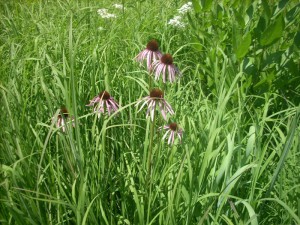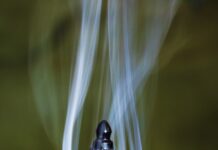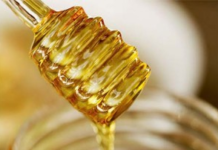
 This spring, consider converting some or all of your yard to a native garden.
This spring, consider converting some or all of your yard to a native garden.
If just the thought of maintaining that big, environmentally-dubious stretch of green that is your yard is starting to make you itch, consider converting some or all of it to a native prairie garden. A native garden can be very easy to build and will attract native butterflies and birds to your backyard. They’re also remarkably easy to maintain with no pesticides, no herbicides and no more of the noise and stink of your weekly lawn mowing.
The first step to creating your little prairie garden is to find some suitable seeds. You will need to determine from the type of soil you’re dealing with and how much sunlight the area you wish to transform gets during the course of a given day. Purple coneflowers, Gray headed coneflowers, Prairie blazing stars, wild blue indigo and lupins (make sure you get native varieties – hybrids can get weedy and aggressive) are flowers that are all quite easy to grow in most areas of the country and under varying conditions.
Accent your garden with native short grasses such as little bluestem and side-oats gramma. For a corner or border, you can choose taller grasses and forbs such as big bluestem, prairie dropseed, Indian grass and the truly stunning, even bizarre, prairie dock and compass plant.
Locally Grown Native Seeds
Find a garden supply store in your area that has a selection of locally grown, native plant seeds. When creating your native garden, it’s important to use seeds that were raised as close to your area as possible. Avoid those inexpensive bags of ‘wildflower’ seeds you see at the big box stores. Some of them contain “flowers” that may actually be WEEDS where you live. They can take over and spread to your neighbor’s lawns and into the environment.
After you purchase your seeds, mix the flower seeds (leave the grasses out) with two parts sand or vermiculite to one part seeds. Add enough water to moisten the mixture without soaking it. Put the mixture into bag or pail and store in a cool, dark place for at least two weeks. This process, called ‘stratifying,’ will soften the seed husks and allow them to germinate much faster. Don’t skip this process – it makes a huge difference.
The beauty of gardening with native plants is they actually want to grow in your soil. The easiest, lazy method I’ve found for preparing the soil is to just mow the grass as short as possible for several weeks before planting your seeds. Loosen the soil with a heavy rake and remove all of the “thatch.” Stomp your seeds into the disturbed soil and cover with an inch or so of peat moss and chopped, seedless straw.
Water deeply every few days until the seeds begin to germinate. Continue to mow the area using the highest setting available on your mower, until your native plants begin to take hold.
Make Way for the New
If you want to kill off the grass completely before planting your seeds, mow the area as short as possible and cover with newspapers or discarded carpeting. This should kill off all of the old grass and weeds within in a couple of weeks. Roll the carpet out of the way for another week or so to let any seeds in the soil to germinate and then cover them up for another week.
Some of your seeds may take up to two years to begin flowering, so be patient. The beauty of this type of garden is every year can give a different show of flowers and grasses as your prairie settles in and matures. Once your prairie is well established, it NEVER needs watering unless you run into a serious drought.
To maintain your prairie, simply mow it to the ground on the ‘mulch’ setting late every fall. If allowed, it’s also beneficial to burn your prairie off in the very early spring. Be sure to get professional advice and help before lighting you lawn on fire! Prairie plants can burn very hot and very fast.
Where to Get Help: Check with your local nature center for the types of wildflowers that are native to your area. A good group to seek out is The Wild Ones. They have branches all over the country and sometimes can get seeds.
Mick Wynhoff who worked nearly 20 years restoring a small prairie on his family’s land. Mick lives in Kenosha, Wisconsin.
© 2002, 2020 Michael L. Wynhoff




[…] Converting your Lawn to a Native Garden | Green Chi Cafe […]
Comments are closed.